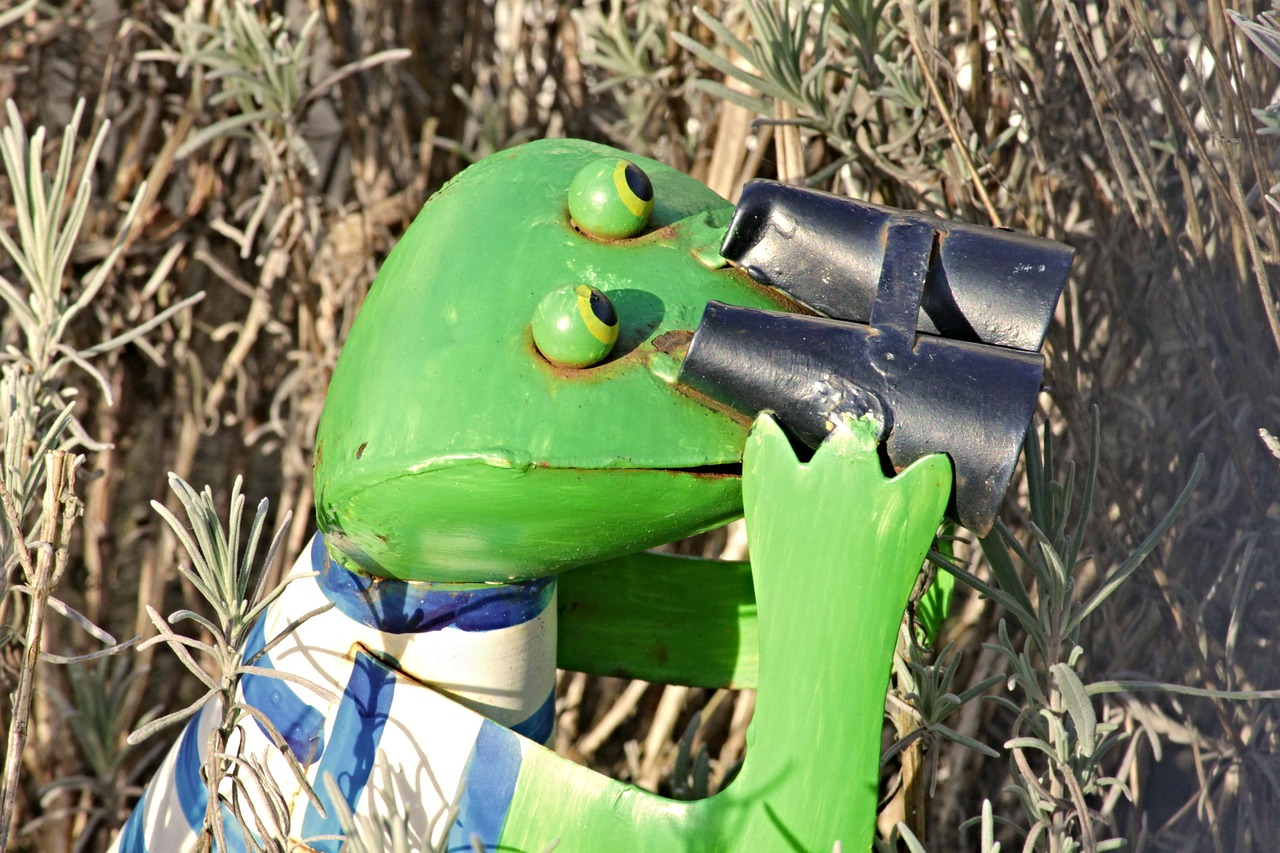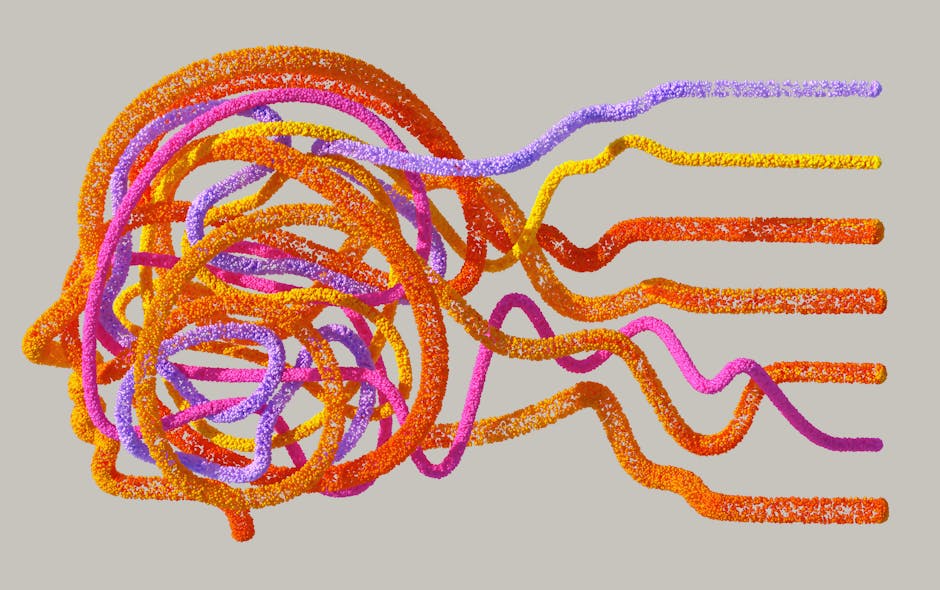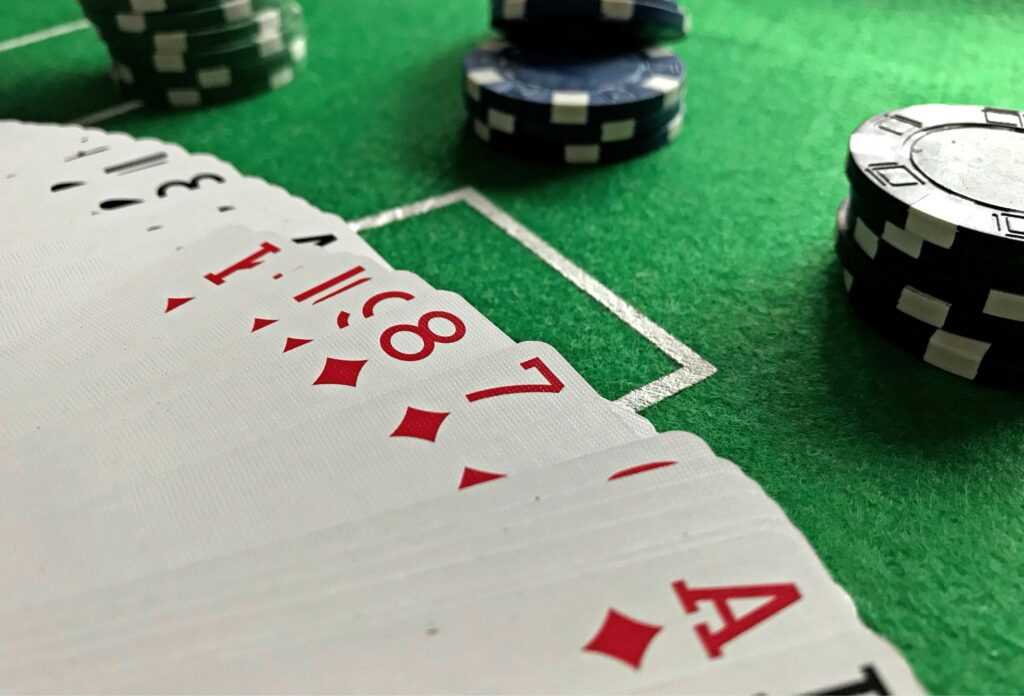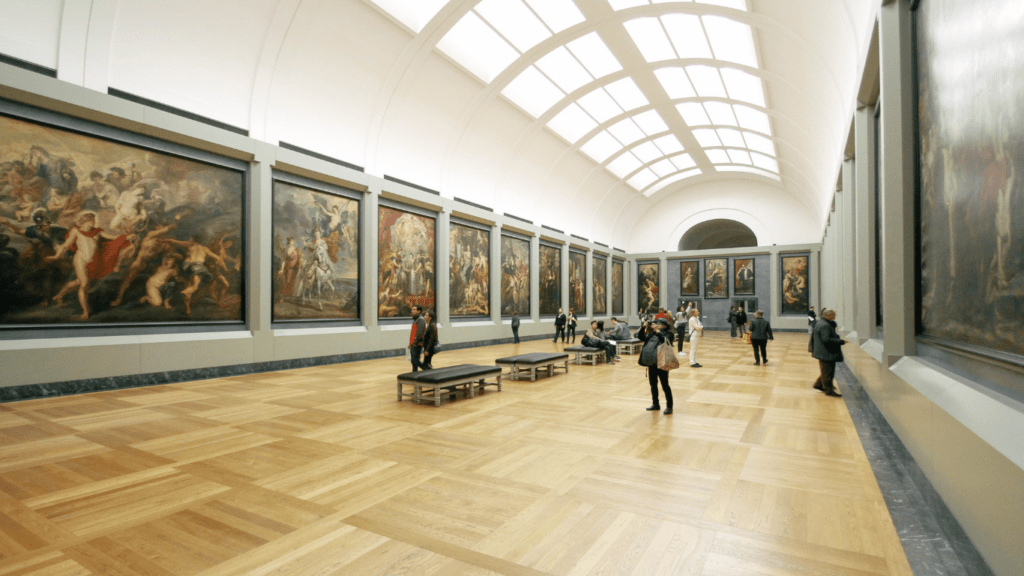What’s Changing in the Creative Landscape
AI isn’t just skimming the surface it’s in the studio, behind the canvas, inside the code. Creative tools powered by artificial intelligence are rewriting the way artists make and share work across every medium. Musicians are experimenting with AI generated melodies. Designers are using machine learning to whip up brand kits in seconds. Writers are leaning on large language models to draft ideas or unblock stalled narratives. Even painters and illustrators are using AI to generate concepts and variations before they ever touch a brush or stylus.
No art form is off limits. And that’s the point this isn’t a fringe movement anymore. Some see it as a natural evolution: a power boost for creativity, like going from charcoal to Photoshop. Others call it a disruption, worried that human touch is being automated out. The truth? It’s both. AI is changing the game, but artists still set the rules.
The work is moving faster. Distribution is more accessible. Barriers are getting kicked down. But now, the hardest part might be figuring out what stays truly human and why that still matters.
The Great Debate: Assistance vs. Replacement
AI is a force multiplier. It writes faster, edits tighter, and scales on command. Tasks that once took hours cleaning audio, color grading, rough drafts are now handled in minutes. Generative tools can map out the structure of a video, design your thumbnail, even suggest tags based on what’s trending. That’s the upside: speed, precision, and reach most creators only dreamed about a few years ago.
But there’s a line AI hasn’t crossed: the messiness of human creation. It doesn’t know what’s funny in that weirdly specific way your audience loves. It can’t feel a riff fall flat mid shoot or know when something spontaneous just works. It doesn’t get nuance, grief, humor that’s tired from a long night. And it can’t fight burnout or self doubt you have to do that.
Among artists, the split is real. Some voice excitement AI as a tool to unlock creative freedom, cut grunt work, and sharpen vision. Others call foul, worried about art without soul, originality on autopilot, or a race to the bottom in quality. There’s no one answer. Just a growing tension between what’s possible and what still matters.
Where Artists Are Winning with AI
Concept art, rough sketches, and early stage prototyping have never moved this fast. What used to take days sometimes weeks is now happening in hours. Generative AI tools have become quiet allies in the creative process, helping artists whip up visual drafts, play with styles, or push past that first wall of “what the hell do I make?”
But it’s not just about speed. More creators are using AI as a springboard not a crutch. When you’re stuck, tools like Midjourney or DALL·E can shake loose new ideas. You feed them your vision, some references, maybe even bits of written description and they give you back iterations you might’ve never imagined. It’s like brainstorming with an intern who works in seconds and never complains.
That said, collaboration is the keyword. The best results come when human and machine volley ideas back and forth. The creator still sets the tone. The AI just helps get it there faster or in a more unexpected direction. The threat narrative? Mostly noise. The real story is that artists who adapt and experiment are stretching their creative output and enjoying the process more.
For a look at how this partnership is re shaping the studio to gallery pipeline, check out this deep dive on the future of AI art.
The Tension Points to Know

Let’s be clear: AI in the arts isn’t just a technical shift it’s an ethical minefield. First up, copyright. If an AI model generates a song or a painting based on thousands of human created works, who owns the final output? The artist feeding prompts? The engineer behind the algorithm? Or no one? Most courts haven’t figured it out yet, and creators are stuck in the gray.
Then there’s originality and consent. Many models are trained on publicly available content scraped without notice or permission. Your past work could have helped train the very tool that’s now reproducing something suspiciously close to your style. It’s hard not to feel exploited.
Last, let’s talk dependency. The workflows are slick draft in seconds, edit with a click but lean too hard on the tech, and you risk losing your edge. Overreliance on automation can chip away at the very skills that made you an artist in the first place. The bottom line: AI can be a power tool, but if you forget how to draw freehand, the work starts looking hollow.
Looking Ahead: Build with It, Not Around It
AI isn’t going away it’s becoming part of the creative baseline. That means the next generation of artists can’t afford to ignore it. Schools, bootcamps, and self taught creators are starting to recognize this, blending technical skills with creative discipline. The result? Hybrid creators: digitally fluent, conceptually sharp, and ready to collaborate with machines instead of competing against them.
Painting with a brush or drafting with a model prompt it’s all part of the same evolution. Artists who adapt early shape the tools, not the other way around. They’re not being replaced; they’re retooling their practice to stay sharp in a shifting landscape. Whether you’re a sculptor, coder, or animator, understanding how to fold AI into your process isn’t just smart it’s how you stay relevant.
Adaptability isn’t just a bonus anymore; it’s your edge. For the full picture of what’s coming, check out future of AI art.
Final Note: Your Creativity Still Matters
AI is an amazing tool but it’s still just that: a tool. No matter how sophisticated the technology becomes, the creative spark that drives meaningful work still comes from the artist.
The Human Touch Makes the Difference
AI can generate, remix, and extrapolate, but it can’t feel.
Emotion, nuance, and lived experience are elements only human creators bring to the canvas virtual or otherwise.
Creative decisions, like when to break a rule or infuse personal narrative, are uniquely human choices.
It’s Not Man vs. Machine
The story of AI in art isn’t a battle between creators and code. It’s a collaboration of capability and consciousness.
Artists aren’t being replaced they’re being empowered.
Those who embrace the tools without losing their voice will lead this new creative movement.
Remember: Tools Don’t Create People Do
Your style, perspective, and intention give context to what AI helps you produce.
A tool is only as powerful as the person using it.
AI sketches the outlines but you bring the story to life.
Bottom line: The future of art belongs to creators who learn to build with AI, not fear it. Because at the heart of every work that resonates is a human pulse.


